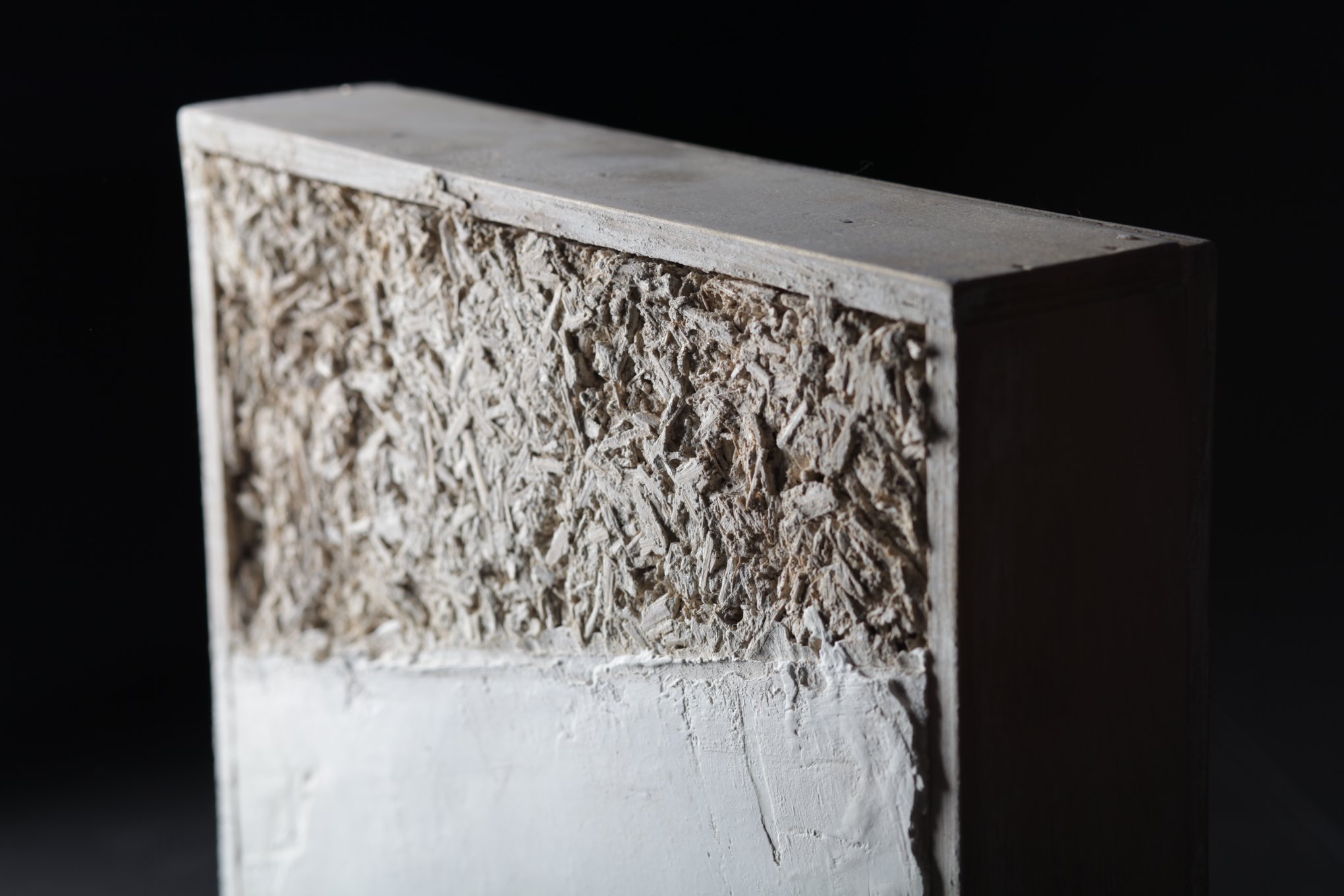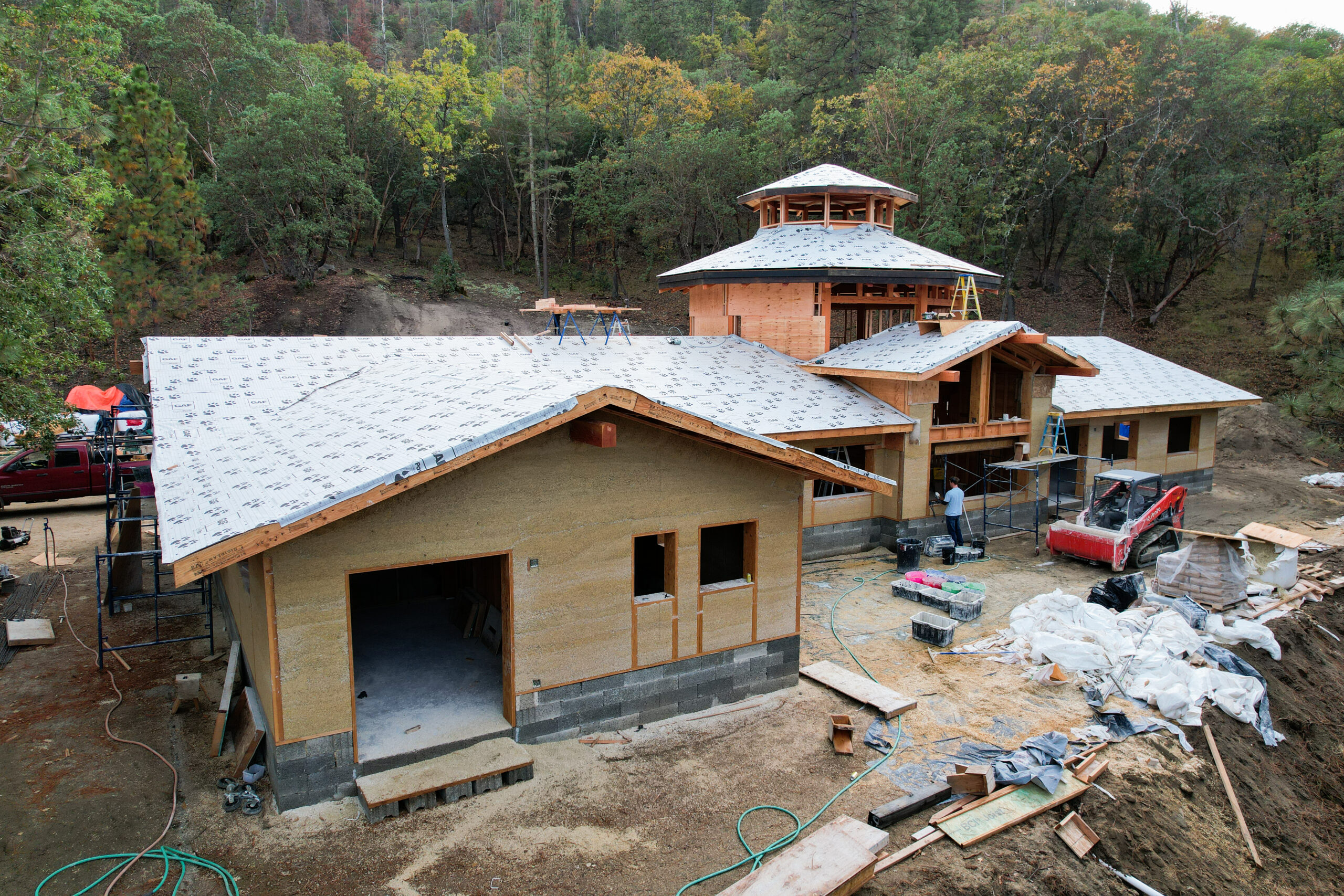This series of blogs feature expert advice, background, discussions, and resources surrounding the 2023 Northwest Ecobuilding Guild Education Session topics.
Inflation Reduction Impacts on Green Building
Author: Jill Williams
In the next ten years, the IRA will enact many opportunities for green building and energy efficiency. The Inflation Reduction Act is a bill that will invest $369 billion in climate solutions and environmental justice. Last month, the Northwest Ecobuilding Guild hosted a community forum to address local strategies to optimize incentives, provide resources for home retrofits, and discuss the impacts the IRA will have on our region’s green building and energy efficiency.
According to Madeline Kostic, Building Electrification Strategic Advisor at Seattle City Light, “At $370 billion, the Inflation Reduction Act (IRA) represents the largest investment in efforts to reduce greenhouse gas emissions by providing incentives directly to consumers to hasten the transition away from fossil fuels.”
Kostic adds, “The funding is split into two – tax credits and upfront incentive programs. On the tax credits side, it is important to know there is not a funding cap, so those are unlimited and will last ten years.” The tax credits for retrofits and new construction are available today, and the upfront incentives will be rolling out in the future.
The IRA and Homeowners and Retrofits:
How Can Homeowners Benefit from the IRA? Tax Credits! For existing homes where the owner has tax liabilities, there are no income limits. The maximum possible annual deduction is $3,200, depending on installation costs and what equipment is installed. The credit applies to energy efficiency and electrification upgrades, including installing heat pumps, heat pump water heaters, exterior doors, and energy audits. This tax credit launched on Jan 1, 2023 and will be available through the end of 2032.
In addition to the federal level credits and incentives, for Seattle, there are several local residential and multifamily incentives and rebates.
Kostic explains, “Seattle City Light offers residential incentive programs, including rebates for heat pumps and heat pump water heaters as well as on-bill loan repayment options. There are also incentives available for commercial and multifamily customers, including performance-based energy retrofit incentives.”
Suggested resources:
City Light has compiled additional resources on these tax credits and utility incentives here:
How the Inflation Reduction Act will help you. – Powerlines (seattle.gov)
Seattle City Light’s education resources hub for building and energy industry professionals:
Resources | Lighting Design Lab
New Construction – Single-family and Multifamily Units:
Another major benefit of the IRA to the built environment is that it gives all builders the incentives to adopt green building practices and integrate energy-efficient design into their new construction and retrofit projects, whereas in the past many have not prioritized these ideas to save on overall costs.
Shaun Hassel, Account Manager at TRC Companies, states, “(the IRA provides) more carrots (for builders) to adopt and move to a clean energy future and invest in energy efficiency.” He adds, “It allows builders to rely on (the incentives) and begin long-term planning. As codes expand rapidly, it’s important we have the tax credit to provide that certainty.”
What Is Included in the New Construction Tax Credit? Under Section 13304 – the 45L Energy Efficient New Construction Tax Credit provides a tax credit to eligible contractors who construct qualified new energy-efficient homes – including new single-family homes, new manufactured family homes, and multi-family housing.
Based on certain criteria and certification levels, the IRA increased and extended the value of the 45L tax credit for homes and units acquired from January 1, 2023 to December 31, 2032:
- Single Family: $2,500 tax credit for a house that meets ENERGY STAR requirements or $5,000 for a house that meets the Zero Energy Ready Homes standard.
- Multifamily: $500 for each unit that meets ENERGY STAR requirements or $1,000 for meeting Zero Energy Ready Homes standard.
- Multifamily construction that meets prevailing wage standards: $2,500 per ENERGY STAR unit or $5,000 per Zero Energy Ready Homes unit.
Hassel recommends, “To obtain the Energy Star and Zero Energy Ready Home certifications, it’s best to start by contacting an approved ENERGY STAR rating company from the Partner Locator Tool. From there, we suggest modeling one or two floor plans, identifying the changes to plans, specs, and scopes needed to meet ENERGY STAR and DOE Zero Energy Ready, and then weighing the costs vs. the benefits.”
He adds, “It is important to note that there is some expectation that the builders complete some back-end work on some of the needed checklists. I like people to be prepared, so there are no big surprises.”
Suggested resources:
US EPA ENERGY STAR Certification
US EPA: Tax Credits for Home Builders
ENERGY STAR Residential New Construction Program Requirements
US DOE Zero Energy Ready Home Certification
US DOE: 45L Tax Credits for Zero Energy Ready Homes
US DOE Zero Energy Ready Homes, Version 1, Revision 08
IRA Upfront Incentive Programs
The Upfront Incentives portion of the IRA are targeted for lower income communities. Upfront Incentives likely won’t be available until 2024, yet all of that may shift and change as this is evolving. These are State-administered programs with guidance and administration managed by the Department of Commerce.
Liz Reichart, Senior Energy Policy Specialist with Washington Department of Commerce, explains, “The building industry is Washington State’s 2nd largest greenhouse gas emitter behind transportation. Based on that, what we do know is that investment in building energy efficiency is the most cost effective way to significantly reduce greenhouse gas emissions in our state.”
The good news is that Washington should receive over $82 million for high-efficiency electric point-of-sale rebates, which are designed by the IRA to be focused on low to moderate-income homes. The Customer rebate program is broken into two groups; High-Efficiency Electric Rebates and HOMES Rebates.
The High-Efficiency Electric Rebates will include consumer rebates for qualified electrification projects at the point of sale; income eligibility of an eligible entity seeking a rebate may be verified at the point of sale; and the equipment can include heat pump water heaters, dryers, space heating, electric stoves, cooktop ranges and ovens (includes induction).
Reichart states, “Under the HOMES Rebate if you qualify as a low to moderate income household, or own a multi-family home, you may be eligible for rebates on a home retrofit if you can achieve 20 to 35% building-wide energy savings. If you achieve beyond the 35% energy savings threshold your rebate potential could be even greater, so it’s very much based on income status and your level of energy savings.”
“There is another noteworthy eligible use of these funds under the federal guidance program would be allowed to do to provide up to $500 for a contractor,” says Reichart.
Suggested resources:
Federal Funding for Buildings



